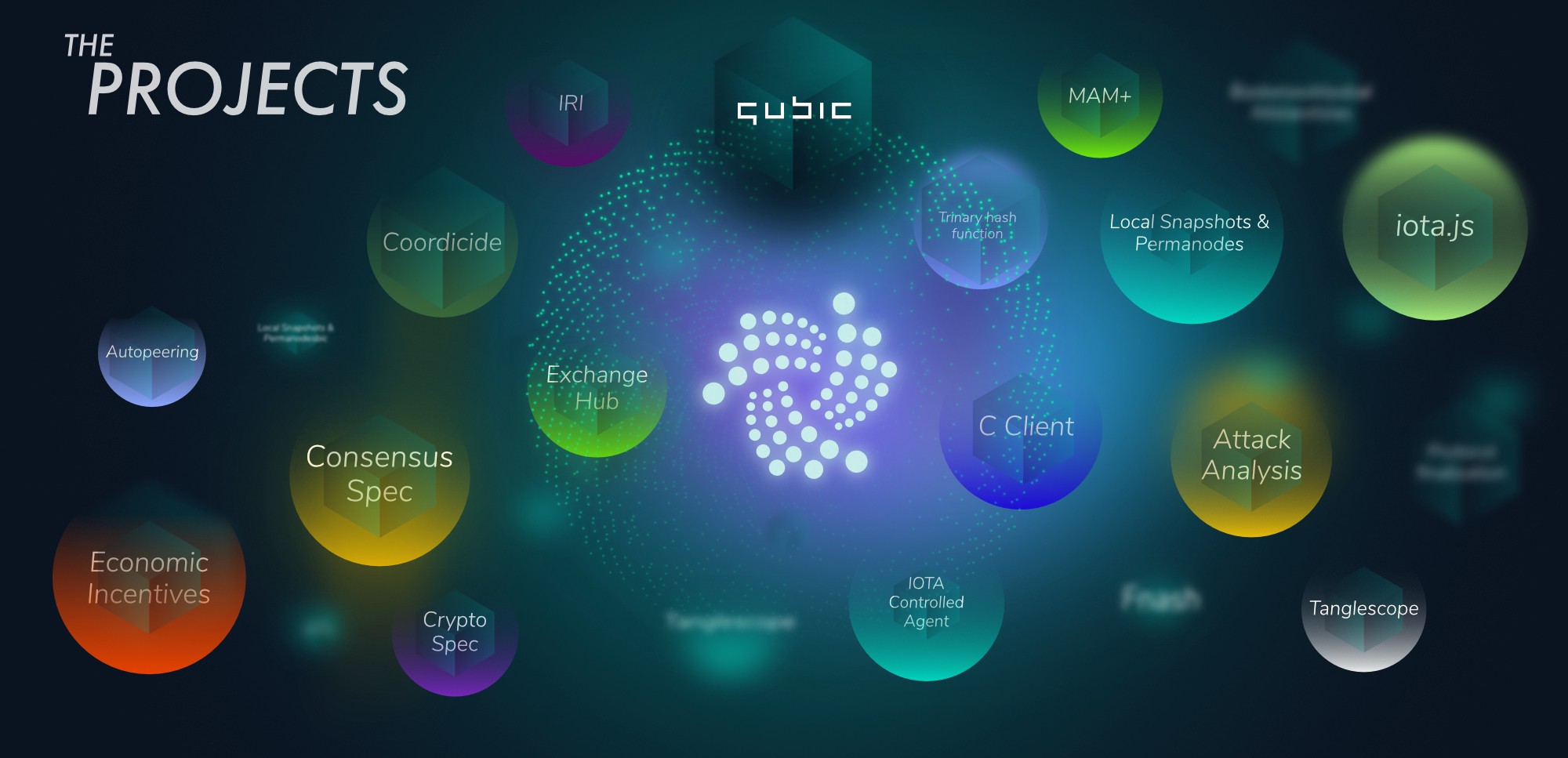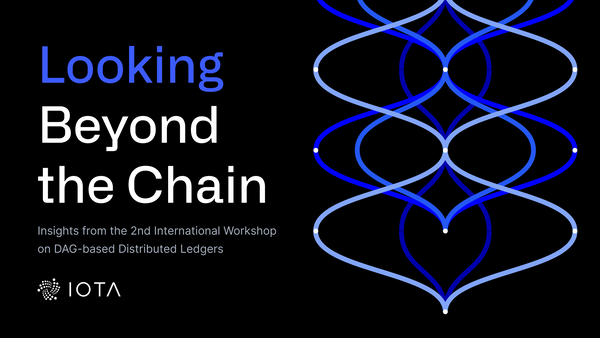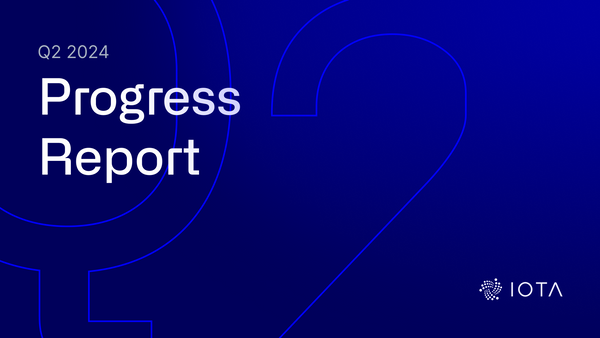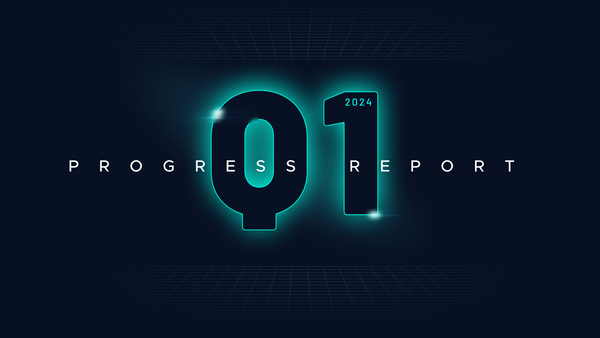What’s Next: Current IOTA R&D Projects
We’ve been working very hard the last few months to organize ourselves and our teams, and today I’d like to share a little bit of insight into how this all translates into our Research & Engineering plans for the coming months.
First things first— this post is meant only to give some insight into what is going on behind the scenes. It doesn’t go into much detail, but that will be happening soon on our main website, iota.org. (nb. I really liked the Trinity-style roadmap, developed by one of our amazing community contributors, and he is currently revamping it for use on the main site.)
We understand that it’s not always clear exactly what we’re working on, and we hope to help change that by giving some more insight into the way we think about things. We also understand that, because of this lack of clarity, it’s not always clear just how much work the IOTA Foundation R&D team puts in. We have set some targets (maybe a better word would be “workstreams”), and all of the efforts we put forward in R&D aim to advance at least one of these.
- Network: Strengthening and improving the IOTA infrastructure
- Decentralization: The raison d’être for a distributed ledger
- Dapps: Recognizing the need for developer inclusion
- Cryptography: Formalizing our techniques and understanding
- Adoption: Encouraging widespread usage of IOTA
It isn’t always clear exactly which project fits in exactly which target, and probably for many projects a case could be made for more than one. What’s important, though, is that there is a clear connection between what we do, and where we want to go.
What’s more, we have not set specific deadlines or ETAs for our R&D targets, as we feel these will be more of a hindrance to the freely flowing creative processes required to reach these goals. Remember, IOTA is not a new implementation of an old problem, but rather a totally new problem altogether! Because this can certainly be frustrating for people who just want to know: “When [x]!”, we will work hard over the next months to communicate more transparently about where our projects are in their development, so that you can see for yourself the progress and worry less about the timeframe.
We will be putting up more details as we can, but for now I hope this list will at least satisfy your curiosity (and maybe even contains a few surprises). Personally, I am amazed by the work our team puts in, and enormously thankful to be able to work with such incredible people. Check the list, and please, give them a hand!

Not in any particular order.
- Coordicide: Analysis, modeling, and simulations for coo-less IOTA.
- Autopeering: Understanding the risks involved with automatic peer discovery and user-friendly alternatives.
- Economic Incentives: Understanding how the Tangle works at scale from a game theoretic perspective.
- Consensus Spec: A detailed spec of the consensus mechanism, building on the basic outline in the whitepaper, intended for peer review.
- Crypto Spec: A detailed spec of cryptography in IOTA, also intended for peer review.
- Attack Analysis: Thorough simulation and analysis of known network attack vectors.
- Exchange Hub: Formerly known as IXI Hub; enables exchanges to integrate IOTA in days or weeks instead of months (already in closed beta with several exchanges!)
- IRI: Ongoing maintenance and improvements to thede factoIOTA node software.
- Coo-free IRI: Rebuilding IRI to allow for alternate consensus mechanisms.
- Qubic: Enabling oracles, outsourced computations, and smart contracts on the Tangle.
- Local Snapshots & Permanodes: Enabling node operators to maintain or dispose of the Tangle history as they see fit.
- C Client: Preparation for deep dives into embedded devices.
- iota.js: Out withiota.lib.js, in withiota.js;fully modularized for npm and fully typed for safety.
- Tanglescope: Enabling deeper insights into Tangle performance and metrics through monitoring.
- MAM+: A fully spec’d, full-featured rewrite of MAM — if all goes well, including PKI out of the box.
- IOTA Controlled Agent: A prototype; early stage implementation of Economic Clustering and swarm logic.
- Trinary hash function: The replacement for Curl-P, built by world renowned cryptographers, and optimized for the IoT.
- Protocol finalization: On IoT, the IOTA protocol can’t easily be changed for devices that are “out there in the wild.”




